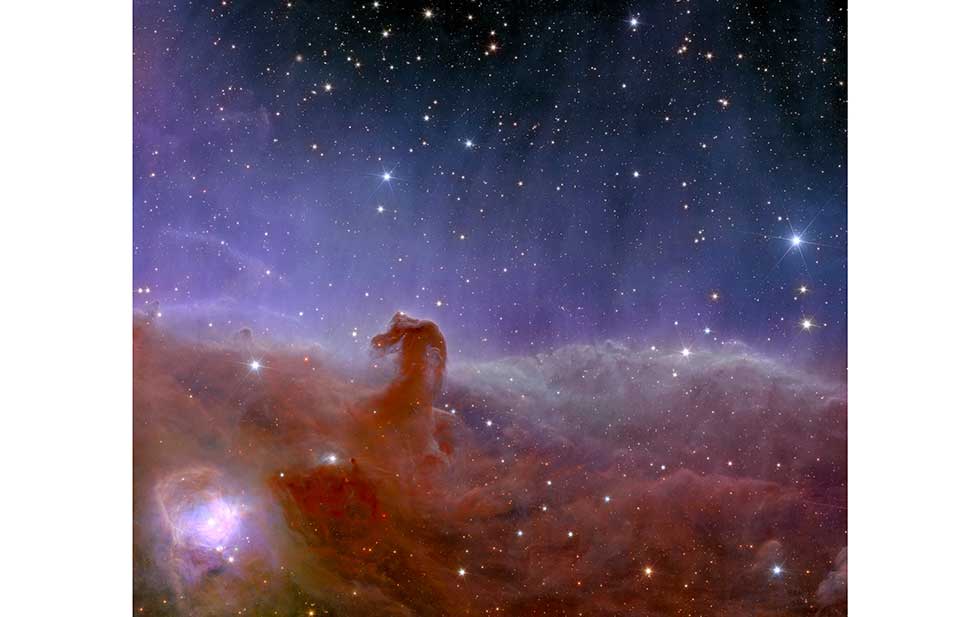Cape Canaveral, Florida.- Scientists today revealed the first images taken by the European Euclid Space Telescope, a dazzling and astonishing collection of galaxies that are too numerous to count.
The European Space Agency revealed the images four months after the telescope was launched from Cape Canaveral.
The agency said that while celestial panoramic images had previously been observed by the Hubble Space Telescope and others, Euclid provides “ultra-clear astronomical images of a wide section of the sky and a deep view of the distant universe.”
In one of the images, about a thousand galaxies appear in a nucleus about 240 million light-years away, against a background of more than 100,000 galaxies billions of light-years away from us. One light year is equivalent to 9.3 trillion kilometers (5.8 trillion miles).
“Amazing,” said the space agency’s scientific director, Carol Mundell, as she displayed an image of galactic nuclei on a giant screen at the agency’s control center in Germany.
Euclid’s instruments are capable of detecting even the smallest galaxies, which until now were too faint to be observed. The results are “amazing, ultra-clear images dating back to cosmic time,” Mundell said.
The telescope captured images of a spiral galaxy very similar to our Milky Way. Scientists said that while the Hubble Space Telescope previously observed the heart of this galaxy, the new images provide a look at the entire region.
Euclid also captured new images of the Horsehead Nebula in the Orion constellation, an exciting cluster of young stars made famous by the Hubble Telescope. It took Euclid just an hour to capture the new image of the nebula; The five images in total took less than a day to observe.

“Proud web fanatic. Subtly charming twitter geek. Reader. Internet trailblazer. Music buff.”

:quality(85)/cloudfront-us-east-1.images.arcpublishing.com/infobae/TEQF6EONZRFGLLLDIDD4L2O4EE.jpg)

:quality(75)/cloudfront-us-east-1.images.arcpublishing.com/elcomercio/XU32LRAEZFDDPNVHLFU3CKVBYY.jpg)



More Stories
How to create 3D videos with my iPhone, it will be very useful even for your business
NASA discovers an anomaly in the Earth’s magnetic field that could have serious consequences for humans
Can the Earth be divided into two parts?